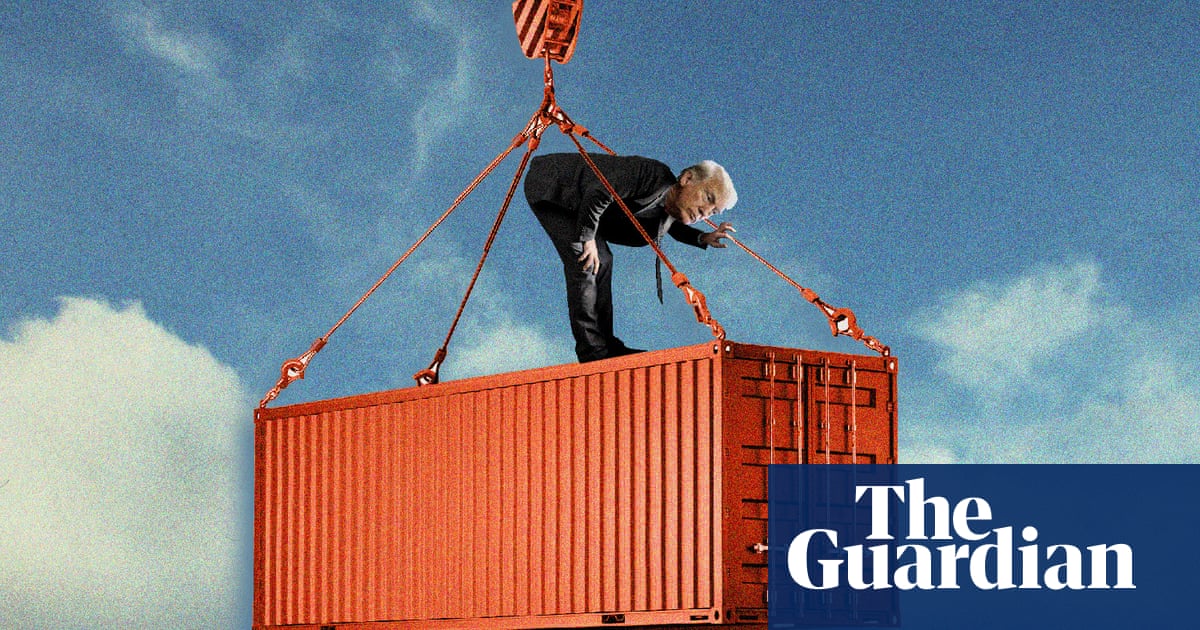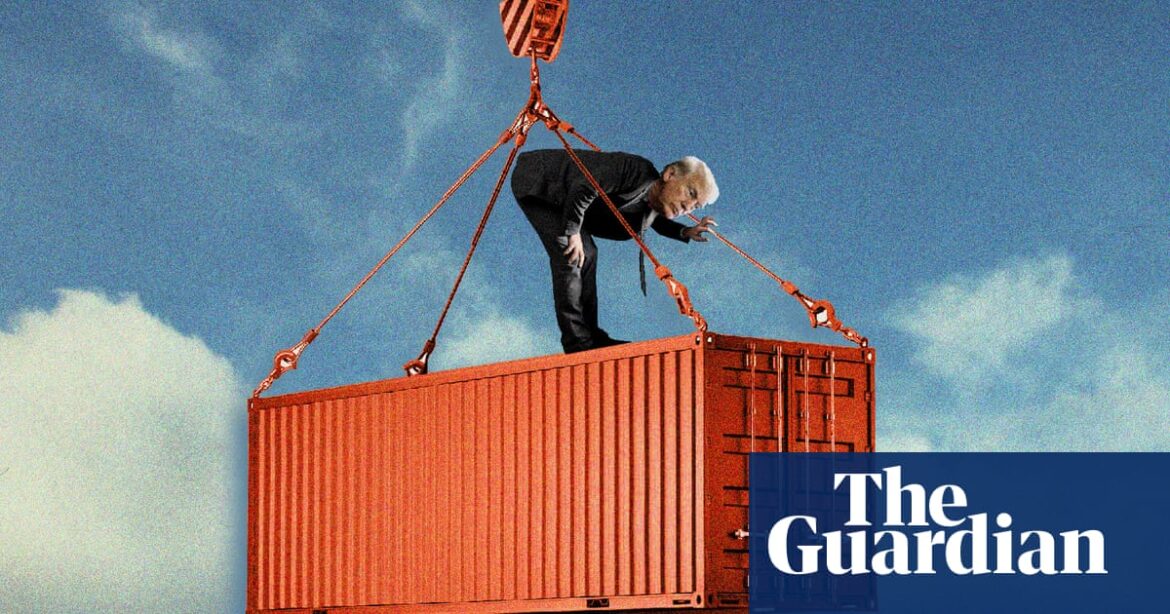
Donald Trump was in his element in the Oval Office this week. Surrounded by cameras, flanked by billionaire allies and confronted by a barrage of questions about whether he was really prepared to unleash a trade war on the US’s closest neighbors, the president talked tough.
By his telling, powerful economies were scrambling to bend to his will. Hours earlier, Mexico had announced a series of measures to shore up its border, prompting the White House to hastily postpone the imposition of 25% tariffs on all its goods; Canada would announce similar measures, and receive the same reprieve, later that day.
Yet, one reporter had the temerity to ask whether Trump had blinked. “There was no blinking,” he shot back, claiming that illegal immigrants and fentanyl were “not going to come from Mexico any more” as a result of initiatives cobbled together by its government that morning.
There was, in fact, some blinking – for the third time in two weeks. Tariffs are a “beautiful” means of reviving the US economy, according to Trump – a central pillar of his Make America Great Again agenda. But when push has come to shove, he has repeatedly pulled back from the brink.
With Canada and Mexico, an initial pledge to impose tariffs from day one of his new administration shifted, without explanation, to 1 February. When 1 February rolled around, 4 February became the new deadline.
Then, with hours to spare, after Canada and Mexico each promised that a big round number of personnel (10,000, give or take) would staff their respective borders with the US, and made some relatively vague commitments to strengthen security, Trump kicked the can down the road for a month.
The White House did impose a tariff on all exports to the US from China, as threatened, although the 10% rate was markedly lower than the 25% slated for Canada and Mexico. A call between Trump and the Chinese president Xi Jinping has been mooted, raising the prospect of another swift reprieve.
And while Trump claims to be in no rush to pick up the phone, a key component of the tariffs on China – which would have made sure they were charged on shipments of less than $800 from the country, closing a longstanding loophole – was quietly delayed, ostensibly for administrative reasons.
When it emerged on Friday that the scrapping of the de minimis exemption had been delayed, Trump made sure to threaten yet more tariffs on yet more nations. These “reciprocal” duties would be announced next week, he said, in line with a promise on the campaign trail.
For a man enamored with the “beauty” of tariffs, who says they could raise trillions of dollars for the US, and who happily threatens to use them to clobber his country’s biggest trading partners, the president seems remarkably cautious about pulling the trigger.
There are three key reasons for this. The first, which Trump has talked about, is their use as a negotiating tool. “Tariffs are very powerful, both economically and in getting everything else you want,” he told reporters this week.
But these potential uses – however powerful – are alternate, rather than complementary. The US can’t raise billions from a tariff it did not impose on, say, Canada, because Justin Trudeau won Trump over by pledging to appoint a “fentanyl czar” and establish a “strike force”.
Second, the scale of what Trump has proposed would amount to an extraordinary experiment. Time and again, he has outlined nothing short of an historic overhaul of how the US federal government raises money – taxing the world more, and Americans less – by introducing sweeping universal tariffs on other nations.
But tariffs, while imposed on goods from other countries, are paid by the US firms which import them. They may well challenge US demand for, say, Canadian lumber, or Mexican avocados, damaging the economies of either country – but only by increasing prices within the US economy.
This brings us to the third, and perhaps most important, factor behind Trump’s caution. Should he press ahead with this strategy, and drive it beyond the bluster into reality who bears the brunt?
Tariffs, by the president’s own admission, may cause “some pain” in the US. Many economists have gone a little further, warning of higher prices, weaker growth and – for the package of duties on Canada, Mexico and China alone – an average tax increase of more than $800 per US household in 2025, according to the Tax Foundation.
US businesses face retaliation, too. Firms including Alphabet, owner of Google and YouTube; PVH Corp, the owner of fashion brand Calvin Klein; and farming equipment manufacturers found themselves in China’s crosshairs after the US imposed tariffs this week.
Millions of Americans remain under pressure after years of heightened inflation. Trump regained the White House after promising, time and again, to rapidly bring down prices. But tariffs risk sending them in the opposite direction.
So much of Trump’s political success over the past decade has been fueled by his exceptional ability to control the narrative, and his use of rhetoric to warp reality.
But those who voted for the president last November put their faith in him to ease their economic burden. Their cost of living – laid bare each time they fill up their cars, pick up groceries and open the latest bills – is not swayed by posts on Truth Social, press conferences or rallies.
You might blink a few times, too, before taking action many believe would make that burden heavier.
Source: theguardian.com



